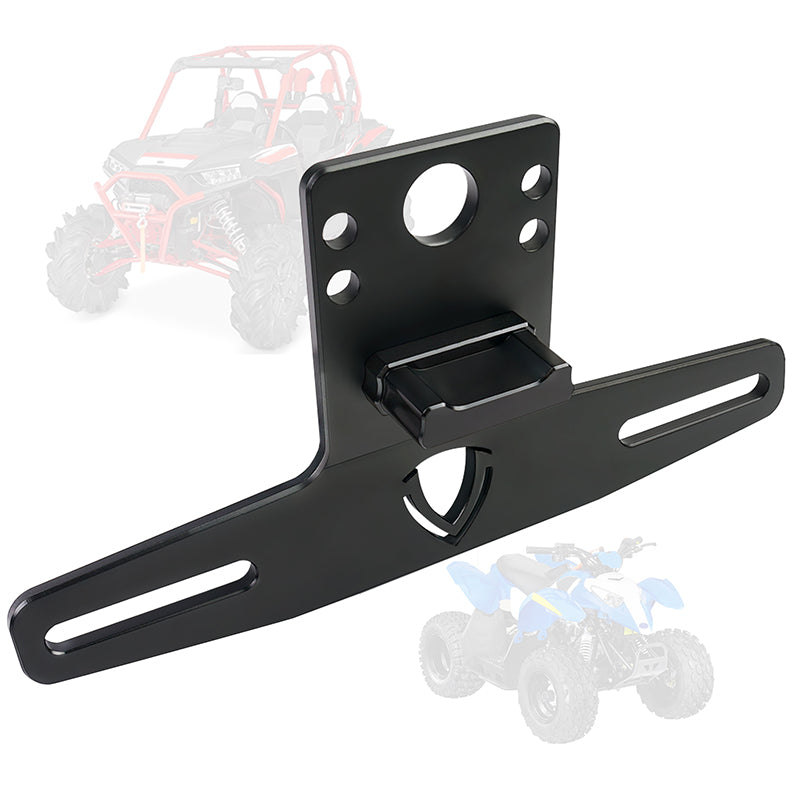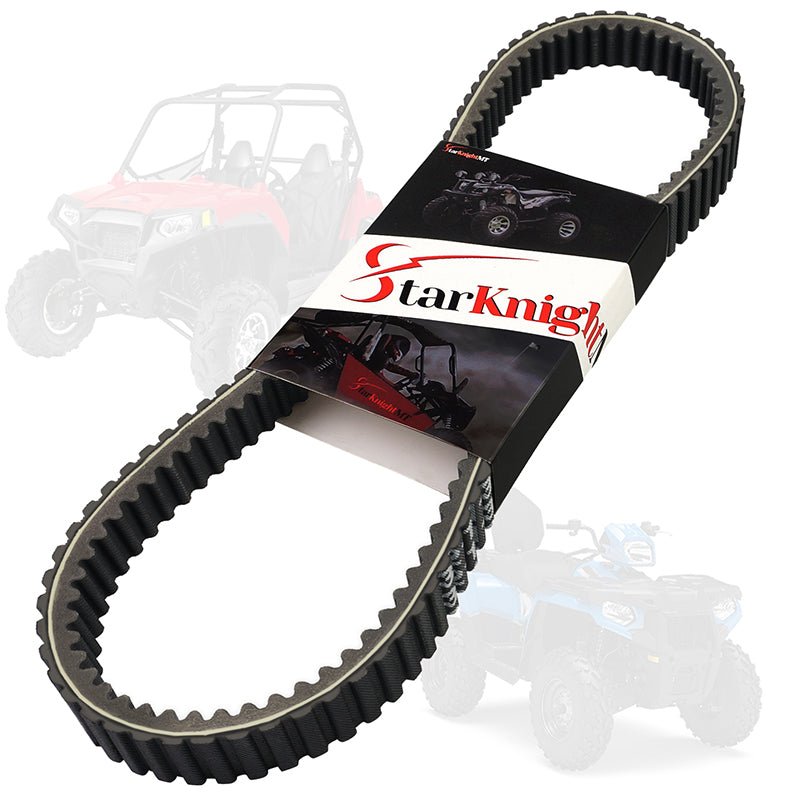How to Keep Your UTV Windshield From Fogging Up
A common issue UTV enthusiasts often face is a fogged-up windshield, which can impair visibility and affect safety. This article delves into effective strategies for preventing windshield fogging, ensuring a clearer and safer journey.
Why Does Your Windshield Keep Fogging Up?
Fogging occurs when there's a temperature and humidity difference between the inside and outside of the windshield. This causes condensation to form on the surface. In UTVs, this is often due to the heat emitted by the engine and the riders, especially in colder environments. The enclosed space of a UTV amplifies this effect, making fogging a frequent issue.
How to Keep Your UTV Windshield From Fogging Up
Enhanced Ventilation Strategies
Achieving optimal ventilation in your UTV is crucial. It's not just about letting air in; it's about creating a consistent flow that can equalize the inside and outside temperatures, thus minimizing the chance of condensation. This can be as simple as slightly opening a window to allow air circulation. For a more sophisticated approach, consider installing air vents that can be adjusted to control the flow of air. These modifications can significantly improve air movement within the cabin, reducing the likelihood of your windshield fogging up.
Utilizing Windshield Treatments
The market offers a range of anti-fogging products designed specifically for windshields. These solutions, when applied as directed, form a protective barrier that repels moisture. It's important to choose a product that is compatible with your windshield material to avoid any damage. The application process usually involves spraying the solution and then wiping it evenly across the windshield, creating an invisible layer that prevents water molecules from forming droplets. This treatment needs to be reapplied periodically for consistent effectiveness.
Regular Cleaning
Fogging is often aggravated by the presence of dirt, oils, and other residues on your windshield. These substances can attract and hold moisture, increasing the risk of fogging. To combat this, a regular cleaning routine is essential. Use a cleaner that is specifically designed for your windshield's material to avoid any potential damage. A gentle, streak-free cleaner can effectively remove contaminants without leaving residues that might attract moisture. Cleaning not only maintains clarity but also enhances the effectiveness of anti-fog treatments.
Incorporating Moisture Absorbers
Humidity inside the UTV is a major contributor to windshield fogging. This can be effectively managed by placing moisture absorbers, such as silica gel packets, within the cabin. These absorbers work by trapping excess moisture from the air, thus maintaining a drier internal environment. They are particularly useful in humid conditions or when the UTV is parked overnight. Remember to replace or recharge these absorbers as per the manufacturer's instructions to ensure they remain effective.
Effective Temperature Control
If your UTV is equipped with a heating system, it can be a valuable tool in combating windshield fog. In cooler climates, the disparity between the internal and external temperatures can be significant, leading to condensation. By using the heating system, you can gently increase the cabin's temperature, reducing the temperature difference and thus the condensation on the windshield. It's important to adjust the temperature gradually, as a rapid change can cause the windshield to fog up more or even lead to thermal stress on the glass.
Implementing these strategies will not only enhance your visibility during rides but also contribute to a safer and more comfortable UTV experience. Regular attention and a bit of preventive maintenance can go a long way in keeping your windshield clear and your journeys enjoyable.
What to Do When Your UTV Windshield Fogs Up
In the event your windshield does fog up during a ride:
Promptly Increase Air Circulation
The first and most immediate action to take when your windshield fogs up is to improve air circulation within the UTV. This can be effectively achieved by simply opening a window or adjusting your cabin vents. This action swiftly alters the air composition inside the UTV, balancing the humidity and temperature levels with the external environment. Enhanced air circulation helps in dissipating the condensed moisture on the windshield, thereby clearing up the fog.
Strategic Use of a Clean Cloth
In scenarios where it's safe to do so, employing a microfiber cloth can be a quick fix. Gently wiping the fogged area with the cloth can provide immediate, albeit temporary, relief. It's crucial to avoid using your hand or any rough material for this purpose. Hands can leave oily residues, and abrasive materials might scratch or damage the windshield. A microfiber cloth is soft enough not to cause any scratches and efficient in absorbing moisture, making it an ideal choice for this task.
Careful Adjustment of Cabin Temperature
If your UTV is equipped with a heating system, utilizing it can be a beneficial step. Gradually increasing the cabin temperature can help in reducing the temperature difference between the inside and outside of the windshield, thus addressing the root cause of fogging. However, it's important to avoid abrupt temperature changes. Rapid heating can lead to thermal stress on the windshield, which not only increases the risk of fogging but can also cause damage to the windshield. A gradual change ensures a steady reduction in fogging while maintaining the integrity of the windshield.
Final Words
Maintaining clear visibility through your UTV windshield is crucial for a safe and enjoyable ride. By understanding the causes of fogging and implementing the mentioned strategies, you can significantly reduce and manage this issue. Regular maintenance, combined with proactive measures, will ensure that fogged windshields are a rarity in your off-road adventures. Remember, safety and clarity go hand in hand.
Q&As
Q1: Can regular household products be used to prevent windshield fogging in UTVs?
A1: While household products like shaving cream or a solution of vinegar and water are often touted as DIY anti-fogging remedies, they might not be the most effective or safest options for UTV windshields. It's essential to consider the material of your windshield. Some household products can be abrasive or corrosive, potentially causing damage. Commercially available anti-fogging treatments specifically designed for vehicle windshields are generally a safer and more effective choice.
Q2: How often should I reapply anti-fog treatments to my UTV windshield?
A2: The frequency of reapplication depends on the specific product used and the conditions you're driving in. Generally, most high-quality anti-fog treatments require reapplication every few weeks. However, if you frequently drive in extreme conditions, such as high humidity or drastic temperature changes, you might need to apply it more often. Always follow the manufacturer's instructions for the best results.
Q3: Are there any natural ways to reduce fogging on my UTV windshield?
A3: Natural methods, such as ensuring good ventilation and maintaining a clean windshield, are effective in reducing fogging. Additionally, keeping the interior of the UTV dry by using moisture-absorbing materials like silica gel packs can help. While these methods won't completely prevent fogging, they can significantly reduce its occurrence.
Q4: What are the risks of using a hand or rough cloth to wipe the windshield fog?
A4: Using your hand or a rough cloth can leave scratches on the windshield or leave behind residues that attract more moisture, exacerbating the fogging issue. Hands can also deposit oils on the windshield, creating a smeared appearance and reducing visibility. It's always recommended to use a soft, clean microfiber cloth designed for cleaning glass surfaces to safely and effectively remove fog.












Leave a comment